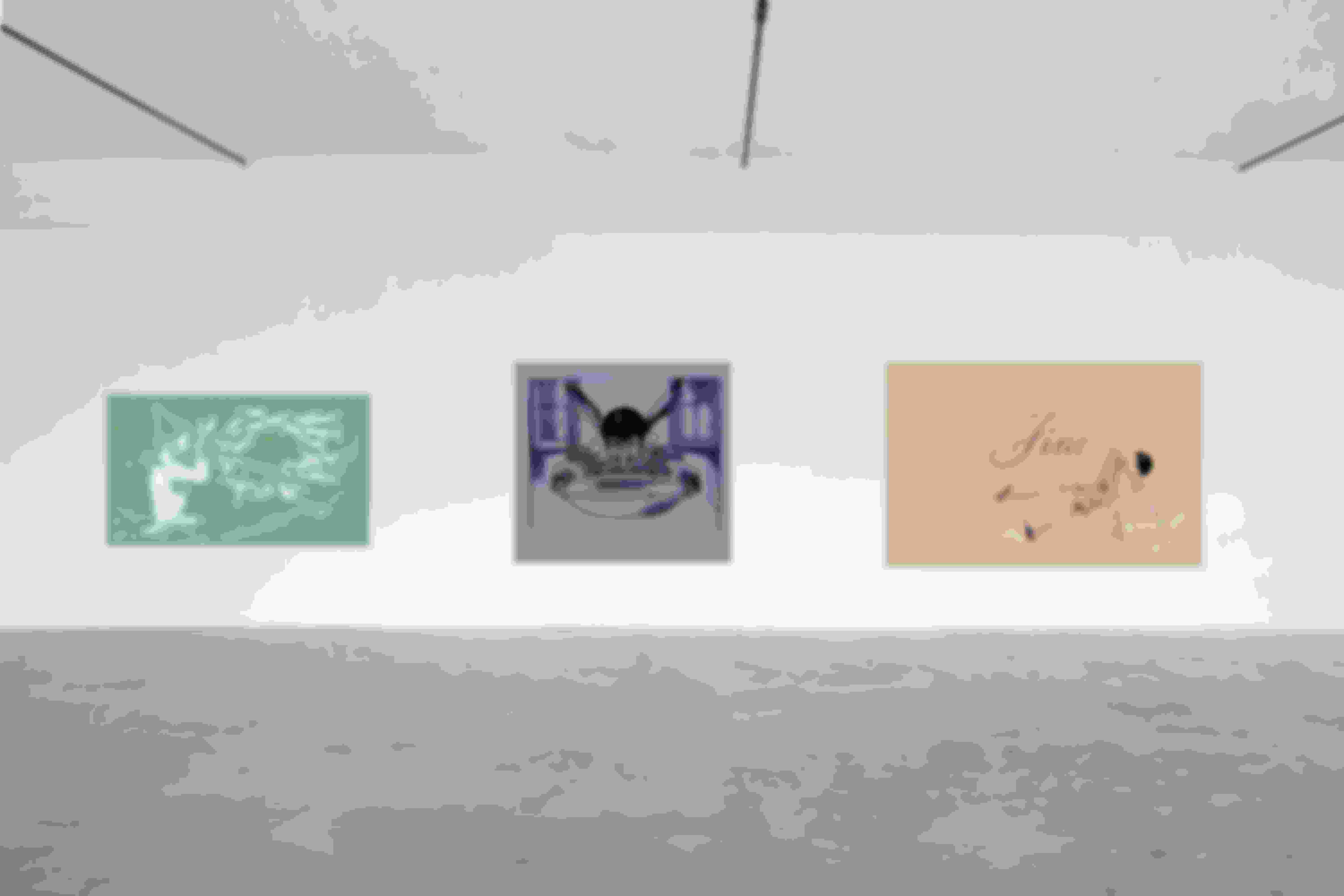Written in 1883 by Carlo Collodi, The Adventures of Pinocchio follows a wooden puppet who dreams of someday becoming a real boy. Narrating Pinocchio’s picaresque journeys through Tuscany, . In the more than 100 years since its writing, the fairytale has become one of the most widely known cultural icons and is the third most translated book in the world.
- TitleThe Conscious Cricket
- Type(s)In Search of Lost Time
- Agenda
- Year(s)2021–2022
- LocationTuscany and Veneto, Italy
- ReferencesBarbara Kruger
From 1923 to 1939,. Fascist iterations of Pinocchio drew upon the story’s familiarity to children and adults alike and mobilized the central character as a national hero. Ironically enough, it was the desire to tap into the legendary quality of the original Pinocchio that led writer Giuseppe Petrai to devolve the puppet from the flesh he attained at the end of Collodi’s 1883 novel back into wood in Petrai’s 1923 sequel.
The story-line of this fascist adaptation chronicles Pinocchio’s confrontations with the cowardly communist puppet Nicolaccio. As characterized by Caterina Sinibaldi, “
There is, of course, a certain cruel symmetry in using the image of a puppet to attempt to control the masses—enslaving them by telling them that you will free them from bondage. It seemed to me that this recipe was the essential difference between the affirmation implicit in “Yes we can” and the fear-mongering of “Make America great again.” While I have long been interested in propaganda, what prompted me to conduct research into fascist uses of the Pinocchio narrative was my perception that fascism was again on the rise in the United States and around the world.
This body of work operates as a call to consciousness as governments attempt to alienate the familiar and steal away our agency. Drawing imagery from illustrations of fascist versions of the Pinocchio story, these works refer to the Italian Fascist and Futurist obsession with industry, as well as to the idea of cultural “programming.”
Children Schoolbooks


Wallpaintings
Based on the illustrations found in Carlo Collodi, The Adventures of Pinocchio. These wall paintings are modified images from the original illustrations. These wall paintings are paired with metal forms to create a relief and shadow play on the wall.






Silkscreen


Conscious Cricket Window Curtain


An additional group of works draws upon another character from the Pinocchio story—the talking cricket. In Collodi’s 1883 novel, the cricket is killed by the puppet early in the narrative, but returns as a ghost to continue to advise the wooden boy. In some sense, he operates as Pinocchio’s conscience, helping the boy to understand how to do right by his father and attain the good life. In one work, I have painted a cricket upon a curtain—fabric material sourced from a monastery in Padua, which took in orphans during the Second World War.
Who Have You Become a Machine For?
In a series of posters, I extend this metaphor, donning mechanical parts while subtitled by the question, “Who have you become a machine for?” The question is framed to emphasize the fact that—while many are forcibly made to submit to ideology—many others willfully give themselves over to political or cultural conditioning and put themselves in someone else's power.




Performance
This collection incorporates a performance. Wearing black, I wrap myself in copper wire, tying it as tight as possible with the ability to make some movements. I create an improve dance with classical music that references my time as a modern and ballet dancer. I spent most of my life (from the age of 4 to 16) as a competitive dancer while I lived in the suburbs of Toronto. Often these dances were incredibly rigid, choreographed to the finest detail. Here, by allowing myself to create a dance in real time and with ‘imperfect’ movements, I am in search of freedom. With the wire digging into my skin as I try to give my body that movement, breath, and space it needs to be free.

